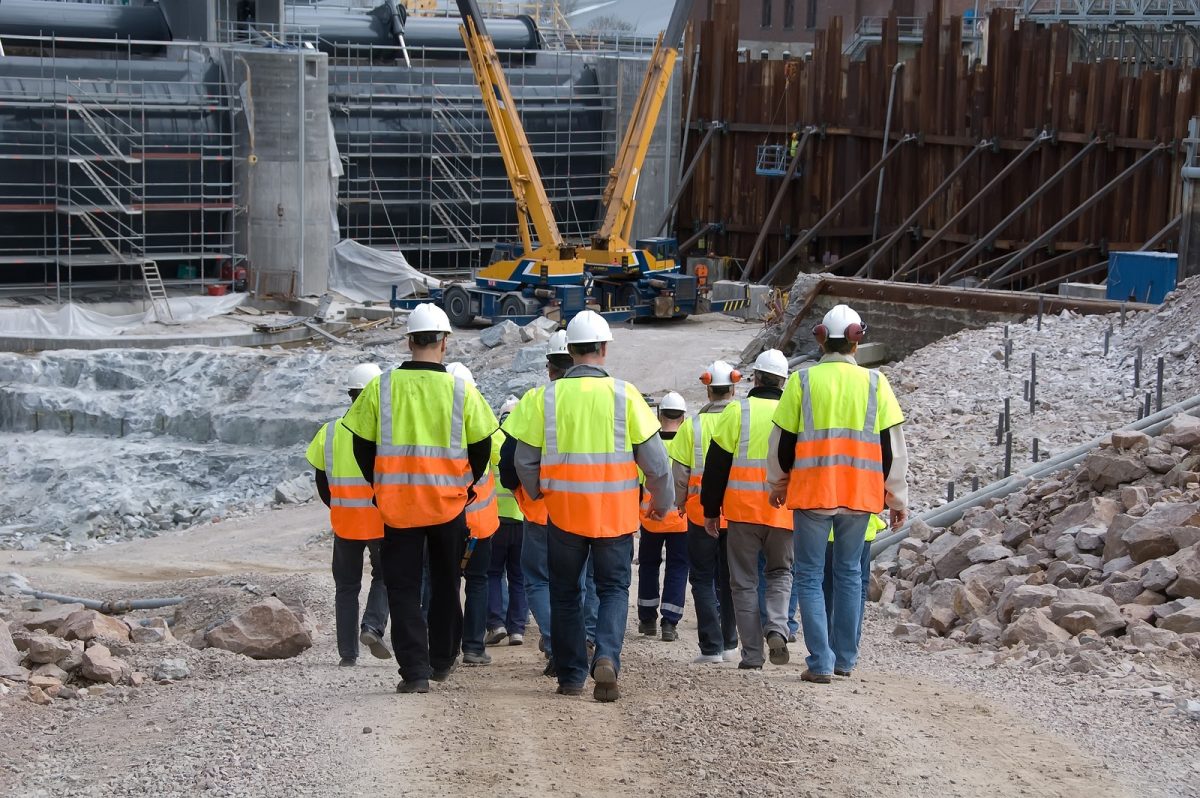
The construction unemployment rate currently sits at 5.2 percent, which is low; however, the construction labor force has stalled over the past six years, according to data from the Bureau of Labor Statistics. What does this mean? It means that there isn’t enough people working in construction; the skilled labor is no longer there. The need for labor is there, but those that can fill it, is scarce. Usually one would be cheering for a low unemployment rate, but something is wrong here.
It’s time for the construction sector to adapt to those changes. The industry hasn’t done much to voice concerns, with many contractors coming forward to speak. What does all of this mean for the future? Only time will tell. This is what the decreased labor force means for the construction sector.
Repeating a Pattern
There’s been a skilled labor shortage over the past several years, dating back to the last economic downturn. If you go back to 2000, one can see a distinct pattern in the data. Everything is happening just like the economic downturn of the 1980’s: a need for skilled labor and a severe lack of it.
Causes of the Shortage
Baby boomers were supposed to retire in the 1980’s after the first round of layoffs. But they didn’t. This caused a ripple effect that ultimately became a cause to of a job shortage until the 1990’s, when it finally began to improve due to the rise in technology. By the time the year 2000 hit, however, things had changed. Vocational and training schools became a thing of the past, with more people becoming college educated. From 1975 to 2013 more people decided to go to college after high school, and upon completing, chose jobs outside of the construction sector. Because of this, the construction sector has faltered.
How the Construction Industry is Responding
A short-term solution is offering more pay, bonuses and benefits to workers, or just contract less work. While is may be painful, it’s also better than taking a job that you don’t have enough skilled labor for. By establishing solid contractor and subcontractor relationships, it’s easier to combat the labor shortage. The quality of work is that much better when a stable partnership is established, and there’s that chance of working together in the future.
What is the Long-Term Solution?
The construction industry needs to get back in at the student level. It’s important to get people interested in vocational-technical schools and construction trade schools again. The school-to-work programs that once helped build a bridge between high school students and the construction industry has to be revamped entirely. Solving the skilled labor shortage is going to take education, training, and changing the perception of the industry.
During this difficult time, it’s absolutely crucial that contractors and construction businesses have the right insurance policies. A smaller, less-skilled workforce can lead to many things including overworked employees and a greater risk of on-the-job accidents and burnout. Liability insurance for construction workers and business owners will ensure that these professionals can protect themselves and their businesses during this tough time for the sector.
About ISU / The Olson Duncan Agency
At ISU – The Olson Duncan Agency, our goal is to provide clients with a total solution, not just a quote or a contract. We provide businesses and individuals with insurance and risk management solutions, and we aim to provide real value and build trustworthy, long-term relationships with our clients. To learn more about our services, give us a call today at (310) 373-6441 to speak with one of our professionals.

